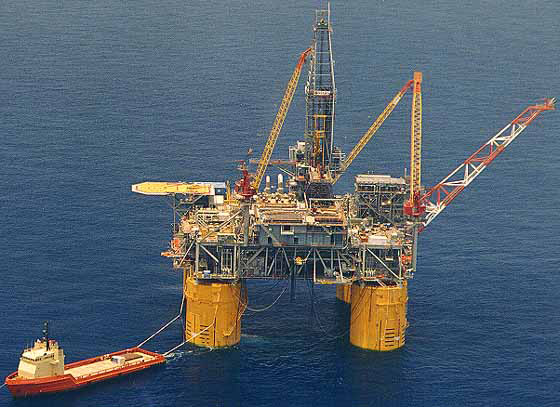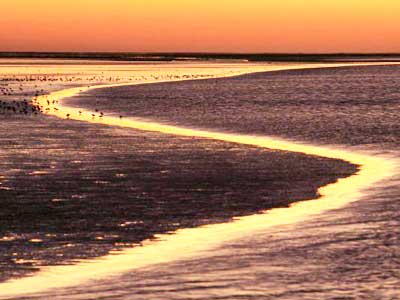Because of its value and its importance in all aspects of life, water is a highly political issue.
International water law concerns the rights and obligations that exist, primarily between States, for the management of transboundary water resources. Such legal rules and principles are dedicated to preventing conflict and promoting cooperation of shared water resources.

The chief international legal document related to international water resources management is the ‘United Nations Convention on the Law of the Non-navigational Uses of International Watercourses’, adopted by the UN General Assembly in May 1997. This Convention applies to uses of international watercourses and of their waters for purposes other than navigation and to measures of protection, preservation and management related to the uses of those watercourses and their waters. Read more











